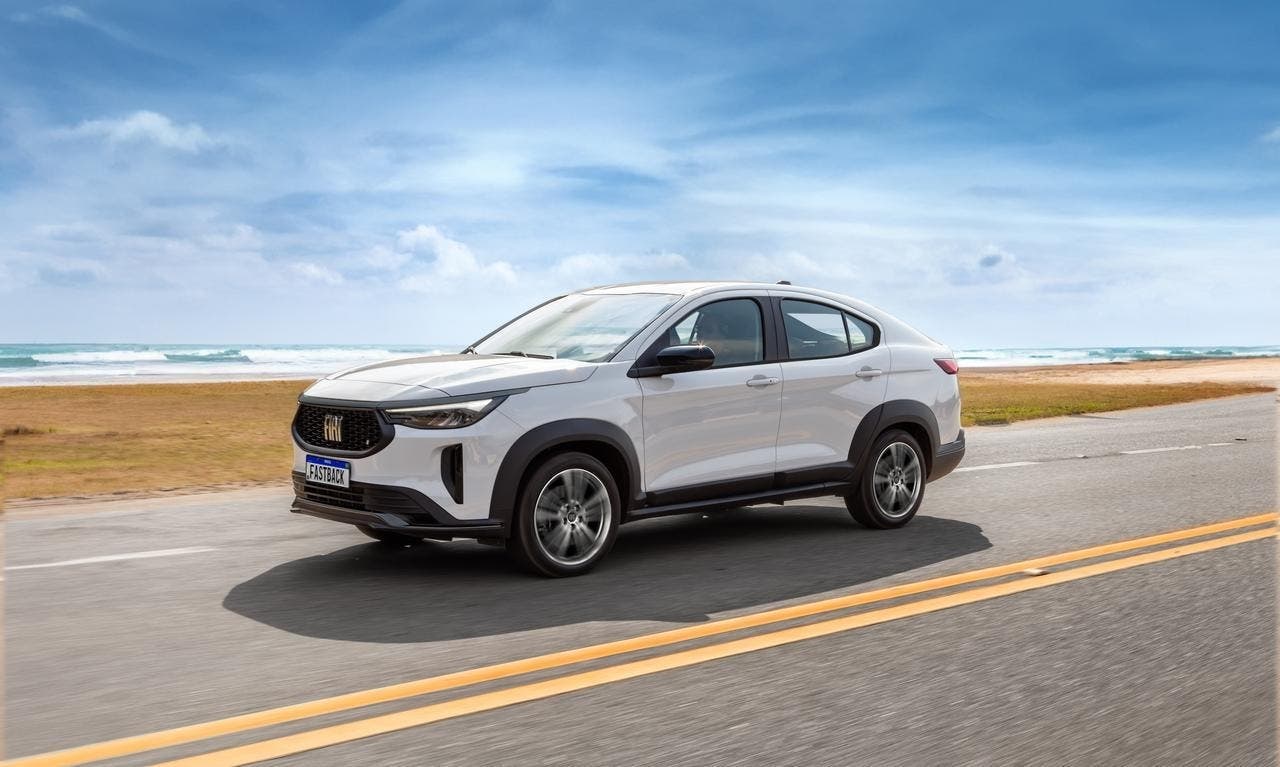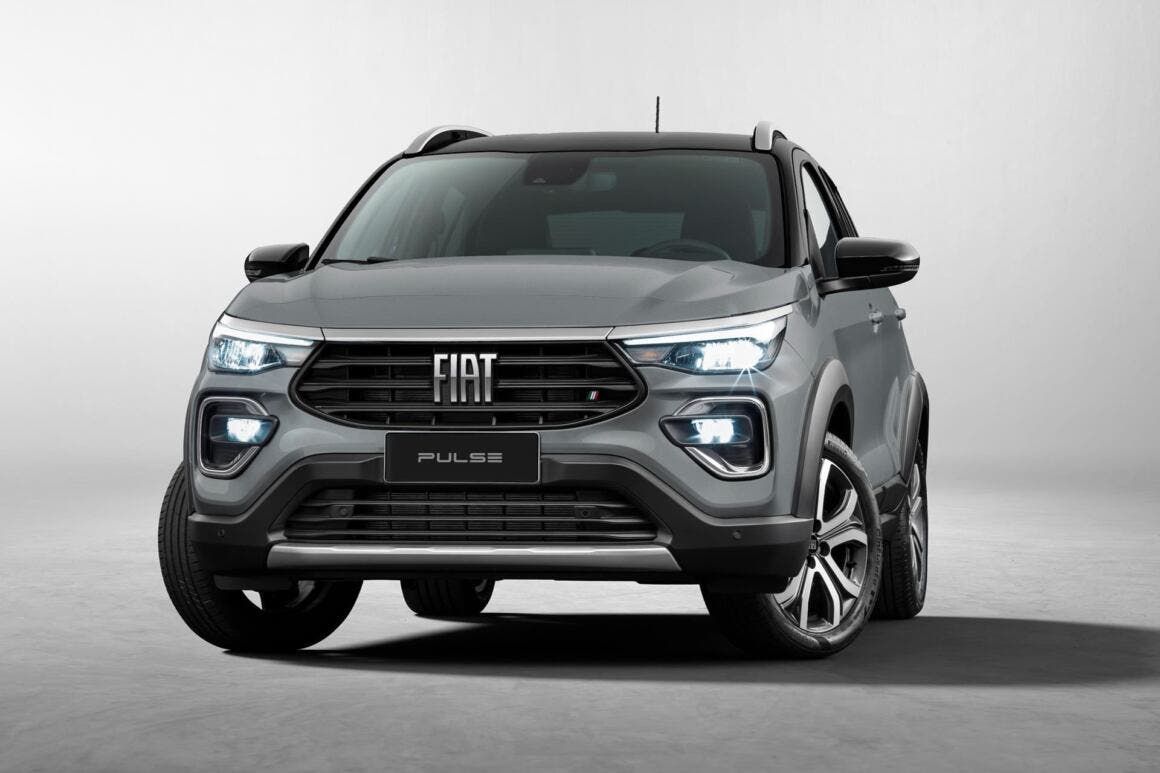Exciting news from Brazil about Fiat is making headlines. As reported by Autos Segredos, Italy’s leading automaker plans to launch the Fiat Pulse and Fastback models, equipped with the Bio-Hybrid system, in the second half of 2024. This technology will be a groundbreaking feature for both SUVs in the 2025 lineup, supporting the brand in meeting the new emission standards of Proconve L8.
Fiat Pulse and Fastback: reports from Brazil suggest the awaited Bio-Hybrid versions will launch in the second half of 2024
In Brazil, numerous prototypes of the Fiat Pulse and Fastback have recently been spotted conducting road tests in Minas Gerais and São Paulo. This indicates that testing has already begun. The Bio-Hybrid system, Stellantis’s entry-level hybrid in Brazil, will be available with the 1.0 T200 and 1.3 T270 engines. In these compact SUVs, the technology will be paired with the 1.0 Turbo Flex engine.
According to Stellantis, the Bio-Hybrid system features a multifunctional electric device that replaces the alternator and starter motor. It’s capable of providing both mechanical and electrical energy, generating additional torque for the vehicle’s internal combustion engine and electric power to charge the additional 12 Volt lithium-ion battery. This battery operates in parallel with the vehicle’s conventional electrical system.

The system produces up to 3KW of power, enhancing performance and reducing fuel consumption in the Fiat Pulse and Fastback Bio-Hybrid models. The technology also helps reduce pollution emissions to comply with the next phase of the Proconve L8 program. Current data shows the Turbo 200 engine delivers 130 HP with ethanol and 125 HP with gasoline, with a common torque of 20.4 kgfm for both fuels. However, the Bio-Hybrid system can offer power and torque improvements. The transmission will continue to be the CVT that simulates seven gears.
